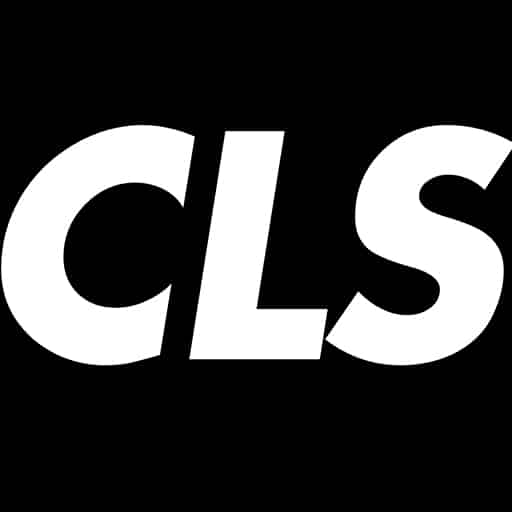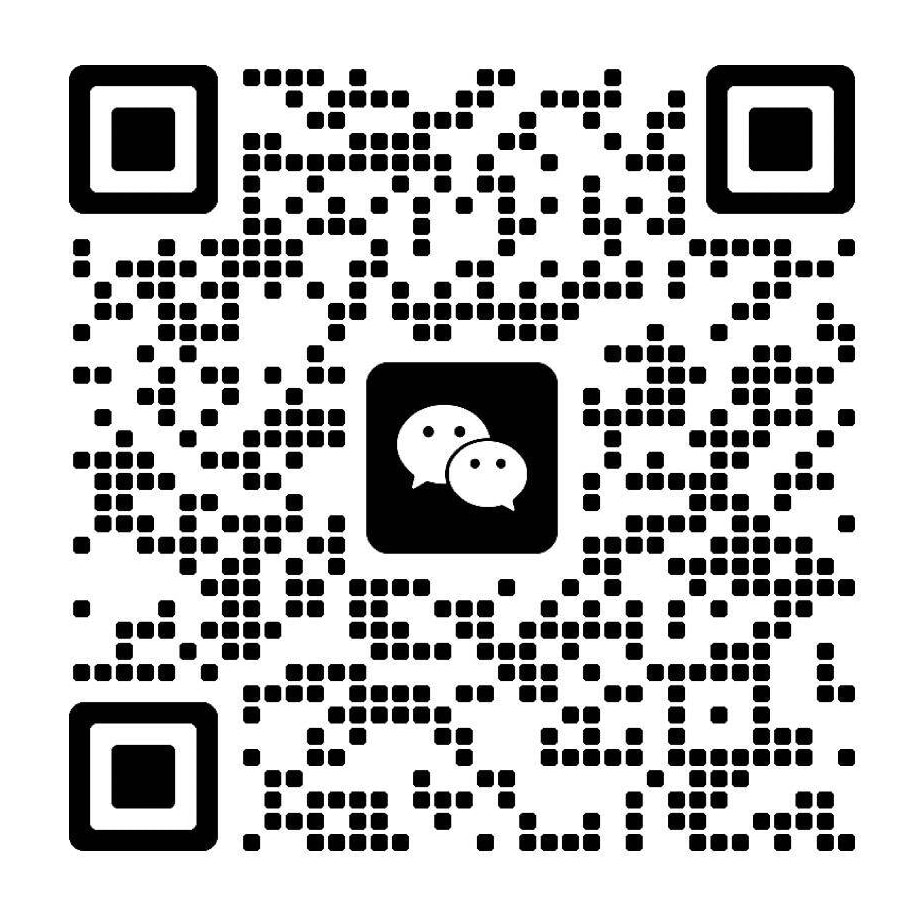Table of Contents

You might be surprised to learn that lanyards have been vital tools since the 1400s. Military personnel and sailors used them to secure their weapons and tools, which made them significant for their daily work.
But lanyard manufacturing has come a long way since those simple beginnings. Modern production methods like woven, silk screening, and sublimation can handle impressive volumes. A single twilling machine pumps out 1,200 woven lanyards in just one 10-hour shift.
The manufacturing process follows precise steps, whether you want eco-friendly options made from recycled PET bottles or premium bamboo materials with a soft touch finish. Each lanyard takes a detailed path from concept to completion as teams cut fabric to size, print intricate designs, and attach various clips and hooks.
Want to see how your custom lanyards come to life? Let’s check out the amazing world of lanyard manufacturing together.
Understanding Custom Lanyard Materials and Design
You need to think about durability, comfort, and visual appeal when selecting materials for custom lanyards. Polyester is a popular choice among lanyard manufacturers that offers excellent color retention and detailed customization capabilities. Nylon gives better strength and a professional sheen that works great in corporate environments.
Choosing the Right Material for Your Purpose
Lanyard manufacturing uses different materials for specific purposes. Polyester gives you affordable solutions for bulk orders while keeping vibrant print quality. Nylon delivers better durability with its abrasion-resistant properties. Bamboo and recycled PET materials give you sustainable and functional options if you want eco-friendly alternatives.
| Material | Best For | Key Benefits |
|---|---|---|
| Polyester | Events & Promotions | Cost-effective, vibrant prints |
| Nylon | Corporate Use | Durability, professional finish |
| Satin | Special Events | Elegant appearance, smooth texture |
| Tubular | General Use | Lightweight, comfortable wear |
Essential Design Elements for Brand Impact
Making effective custom lanyards means finding the right balance between looks and function. The imprint area ranges from 3/8″ to 1.5″ in width, giving you flexibility for different design needs. Screen printing works well with simple, bold logos. Dye sublimation gives photo-like full-color results for detailed designs.
Color Selection and Logo Placement Guidelines
Brand recognition improves by a lot with the right color selection. Your custom lanyard designs need good contrast between background and text for better visibility. Logo placement needs strategic planning – you can place it near the lanyard clip, at the center, or repeat it along the length.
These factors will help create maximum visual impact:
- Font legibility and size appropriateness
- Contrast between design elements
- Strategic placement of recurring patterns
Width selection plays a vital role in design effectiveness. A 3/8″ width works best for simple text or smaller logos. The 5/8″ width fits larger designs and complex graphics better. This approach will keep your branded message clear and visible throughout the lanyard’s use.
The Pre-Production Process
Making custom lanyards needs careful planning and attention to detail. The pre-production stage builds the foundation for successful manufacturing.
Original Design Consultation and Mockups
Manufacturers give blank templates to start designing. Design teams work closely with clients to finalize how the lanyard will look based on their priorities and needs. Professional design software helps create detailed drafts that become the blueprint for production.
Manufacturers provide physical prototypes or detailed mockup photos from different angles for complex designs. Clients can review the design fully before mass production starts. The team can make any needed changes at this point to get the desired result.
Material Testing and Quality Checks
The quality check process starts with a detailed review of materials. The manufacturing team tests materials to check:
- Strength and durability levels
- Color fastness
- Attachment point stability
- Print quality consistency
Standard Operating Procedures (SOPs) guide the testing process to maintain consistent quality across production batches. Teams analyze current workflows and spot potential bottlenecks before production begins.
Setting Up Production Specifications
Production specs are the foundations of successful lanyard manufacturing. The setup phase needs key parameters like:
| Specification | Details |
|---|---|
| Band Length | 14 to 30 inches (standard: 18 inches) |
| Width Options | 3/8 inch to 1 inch |
| Print Location | Front and back positioning |
| Hardware Type | Clips, hooks, and safety features |
The core team learns quality assurance protocols that include proper equipment handling and color matching procedures. This training helps ensure exact measurements and proper lineup throughout production.
Manufacturers create clear timelines based on material availability, design complexity, and order size before starting full production. This detailed planning prevents delays and helps manage workflow smoothly during manufacturing.
Manufacturing Methods Explained
Custom lanyard manufacturing has grown from simple processes into a blend of traditional craftsmanship and modern technology. Each method brings unique benefits that suit different designs and applications.
Screen Printing vs Dye Sublimation
Screen printing remains the most popular way to customize lanyards because it’s budget-friendly and creates vibrant designs. The process pushes ink through a fine mesh screen onto the material to create a raised design you can feel. A single screen printing machine can make about 3,000 units in a 10-hour work period.
Dye sublimation works differently. The process splits colors into CMYK components and uses heat to fuse the design into the fabric. A 5,000-piece lanyard order needs around 360 yards of special sublimation paper.
| Feature | Screen Printing | Dye Sublimation |
|---|---|---|
| Color Options | Limited, Pantone-specific | Unlimited, full spectrum |
| Design Type | Simple, bold graphics | Complex, photographic quality |
| Production Speed | Faster for simple designs | Efficient for multi-color |
| Durability | Raised finish, may crack | Embedded, won’t peel |
Woven and Embroidered Techniques
Woven lanyards are a premium option where designs become part of the fabric structure. A twilling machine makes about 1,200 woven units in a 10-hour shift. This technique creates lasting products with logos woven right into the material.
Embroidered lanyards give a traditional look that works best with text-based designs. The classic appearance comes with one catch – the back side shows thread work that needs careful planning.
Modern Automation in Lanyard Production
Digital technology has changed lanyard manufacturing through automated systems and precise controls. Today’s production lines use computer-controlled printing that lines up designs perfectly.
The manufacturing process now has:
- Digital design tools for exact pattern creation
- Automated cutting systems for precise measurements
- Computer-controlled color matching with over 80,000 options
Modern factories now use green practices in their automation systems. Some manufacturers power their production with photovoltaic systems and use LED lighting throughout their facilities. These tech improvements boost production efficiency and reduce environmental impact while keeping quality high.
Quality Control and Testing
Quality control is the life-blood of reliable lanyard production. We test each product against strict standards before it reaches customers. Manufacturers use rigorous quality control procedures throughout the production process.
Industry Standards and Compliance
Lanyard manufacturers follow specific regulatory requirements, especially when you have safety-critical applications. The Occupational Safety and Health Administration (OSHA) enforces strict regulations for fall protection gear. These rules specify strength and durability requirements. ISO and ANSI certifications give extra confidence that safety equipment passes rigorous testing criteria.
Durability Testing Procedures
Testing protocols give a full picture of lanyard performance. The testing equipment handles loads from 1-pound to 10,000-pounds to verify strength completely. Manufacturers run several key tests:
| Test Type | Purpose | Measurement Range |
|---|---|---|
| Pull Testing | Crimped End Strength | 1-2000 lbs |
| Load Testing | Overall Durability | Up to 10,000 lbs |
| Length Testing | Digital Measurement | Pre/Post Production |
Manufacturers test cables at 60% of their minimum holding strength and focus on critical attachment points. The testing process gets into weld damage, abrasion resistance, and cut tolerance through simulated damage.
Quality Assurance Checkpoints
Quality assurance happens at multiple stages during production. Staff checks each lanyard for defects, color accuracy, and overall craftsmanship. The process has these steps:
- Material Inspection: Checking durability and strength of base materials
- Print Quality Verification: Ensuring design accuracy and color consistency
- Attachment Testing: Verifying security of clasps and hardware
Regular audits help catch potential problems before they affect the 5-year old quality standards. The core team learns specialized techniques to spot common problems like weak material, faulty clasps, and printing flaws.
Digital length testers help maintain precise measurements during production. This all-encompassing approach to quality control prevents problems like fraying edges and misaligned prints. Each lanyard meets professional standards as a result.
Customization Options and Attachments
Lanyard attachments are vital components that affect how well they work and how safe they are. Simple clips to advanced safety mechanisms can turn basic straps into useful identification tools.
Popular Hardware and Attachment Types
The right hardware choice makes a big difference in how lanyards work. Bulldog clips are reliable and we used them mostly in office settings. Here’s a detailed list of attachments you can choose from:
| Attachment Type | Best Use Case | Cost Impact |
|---|---|---|
| Swivel Hook | ID Cards | Free |
| Carabiner Hook | Heavy Items | +$0.25 |
| Lobster Claw | Keys/Badges | Free [232] |
| Oval Hook | Multiple Items | +$0.30 |
Manufacturers don’t just stick to standard options. They make specialized attachments like cell phone loops and thumb hooks for specific needs. These options work well with different security needs and uses.
Safety Features and Breakaway Options
Safety features are the foundation of modern lanyard design. Breakaway clasps might look simple but they protect people in many settings. These parts split apart under pressure to prevent injuries in manufacturing plants, schools, and hospitals.
The breakaway feature works through:
- Plastic breakaway clasps that reconnect after separation
- Velcro breakaway options (+$0.11 per unit)
- Double-ended configurations for better safety
These safety features are built for high-risk environments and they’re vital in factories, construction sites, and schools.
Special Finishes and Add-ons
Manufacturers go beyond standard attachments with unique finishing options that boost functionality. Badge reels have become popular and let you retract your ID display (+$0.75 per unit). You’ll also find:
- Reflective strips to make you more visible
- Metallic thread accents for a premium look
- Clear plastic wallets for extra protection
Companies can also pick unique finishes like raised PVC prints or double-thickness materials. These premium choices create standout ID solutions while keeping things professional.
RFID-enabled options blend naturally with existing systems for better security. Dual-clip setups keep badges from flipping and visible all day.
Badge holders (+$0.25 per unit) and buckle releases add more customization options. By picking the right mix of these features, organizations can create ID solutions that match their exact needs.
Modern lanyard manufacturing blends old-world craftsmanship with cutting-edge technology to create products that work in a variety of industries. Quality materials, precise manufacturing, and strict quality control make these lanyards reliable and versatile enough for any use.
Safety is crucial in lanyard design. Features like breakaway clasps and specialized attachments make them secure. Each product undergoes thorough testing to meet industry standards without compromising its look or function.
Organizations can create unique ID solutions that line up with their needs thanks to many customization choices. cheap-lanyard-supplier.com provides budget-friendly custom lanyards that match your needs perfectly, from simple polyester ones for events to premium woven designs for corporate settings.
Note that successful lanyard production requires careful attention at each step – from the original design talks to the final quality checks. This detailed approach ensures you get sturdy, professional products that work well and keep your brand’s look consistent.

